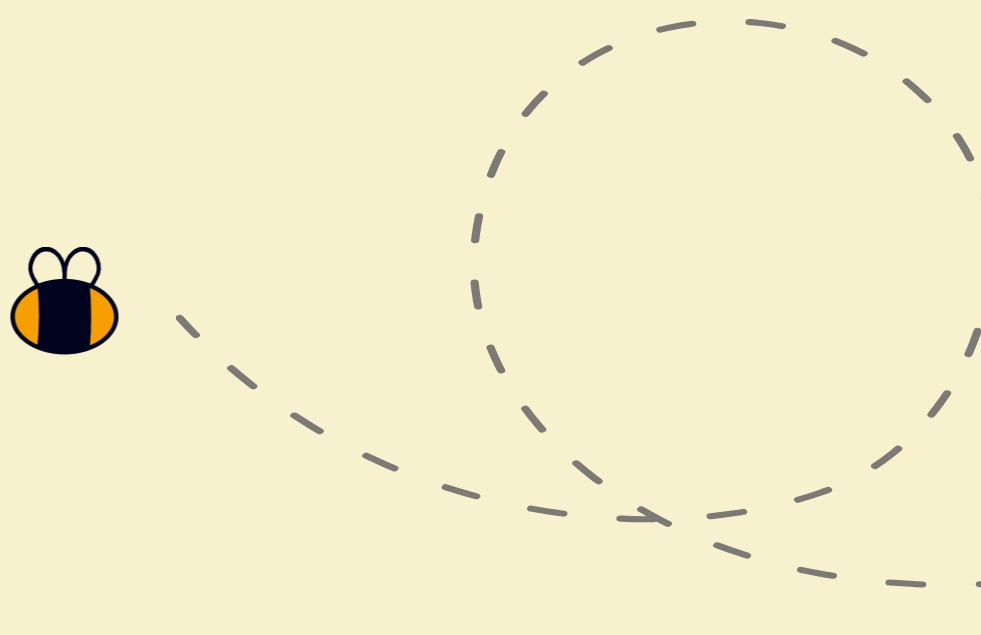The "old" wisdom (as old as Internet wisdom can be) that Google is where people find information is slowly becoming an old wive's tale.
You don't believe us? Check this Business Insider article about the decline in search volume last year.
But don't panic! Even though search volume has decreased, new ways of finding information are available. Social media, blog linking, apps–all of these are effective ways to reach your audience, without using Google.
Now, this doesn't mean that you should throw up your hands and give up on all that SEO hard work. That SEO is still making you more visible to the millions of people who still do use Google everyday. But there are now new factors to take into consideration. These factors are all interconnected (and also connect with SEO), and a digital strategy can help you make sense of them.
Digital Strategies Ensure Your Visibility
Companies are now hiring "community managers" and "social web specialists" in droves. The social media world–Twitter, Facebook, Pinterest, LinkedIn–is now where information circulates and news break. And businesses want in. The difference between Google and the new social media channels is that social media channels are active: you can discuss with your audience, learn about them and pitch directly to inviduals. Google is a more passive means of attracting visitors.
A complete and integrated digital strategy, such as what we do here at Stikky Media, will give all the tools and information you need to start thinking about a digital presence, not just a Google presence. These days, if you're not everywhere, then you are nowhere at all.
It's a Brave New World
In the web 1.0 of search, people used search engines to find specific information. Now, in the social web 2.0, people expect information to come to them. They won't bother to check your website for updates; they'll wait for you to announce them on Twitter or Facebook. Time is precious, information is overwhelming, and relevance is the only criterion that matters. There is too much noise to pay attention to any one thing for very long.
If you still live in the old world of static websites and keyword stuffing, you're already way behind. But if you are willing to embrace this new social, interconnected world, the rewards can be amazing.
Let me tell you a story.
I once had a potential employer who, during the interview, asked me: "And how will you find readers for your content?" I answered, without hesitation: "social media". I'd been working in social media for long enough to know that it was the best channel for online content. But he answered: "Socia media is a fad. It'll go away." Obviously, I didn't get the job. But the fact remains that this particular company's website will not see an increase in visits until the managers understand that social media is the new search. But this time around, the search happens through connections, not keywords.
It's Work
Twitter and Facebook can be incredible time sucks. It's like jumping in the ocean to try to catch fish with your hands and hoping to catch enough to sell at the market. At least, that's what happens when you come to it unprepared.
A digital strategy helps you focus your social media efforts, along with other digital tools like advertisements and content, with an audience and a goal in mind. In other words, we'll give you a boat and a fishing rod. Now all you have to do is sit down and fish.
It's not easy–hey, even we struggle with it every day. But when you hear clients say "I heard about you on Twitter!" or "I follow you on Facebook!", isn't it an amazing reward?







